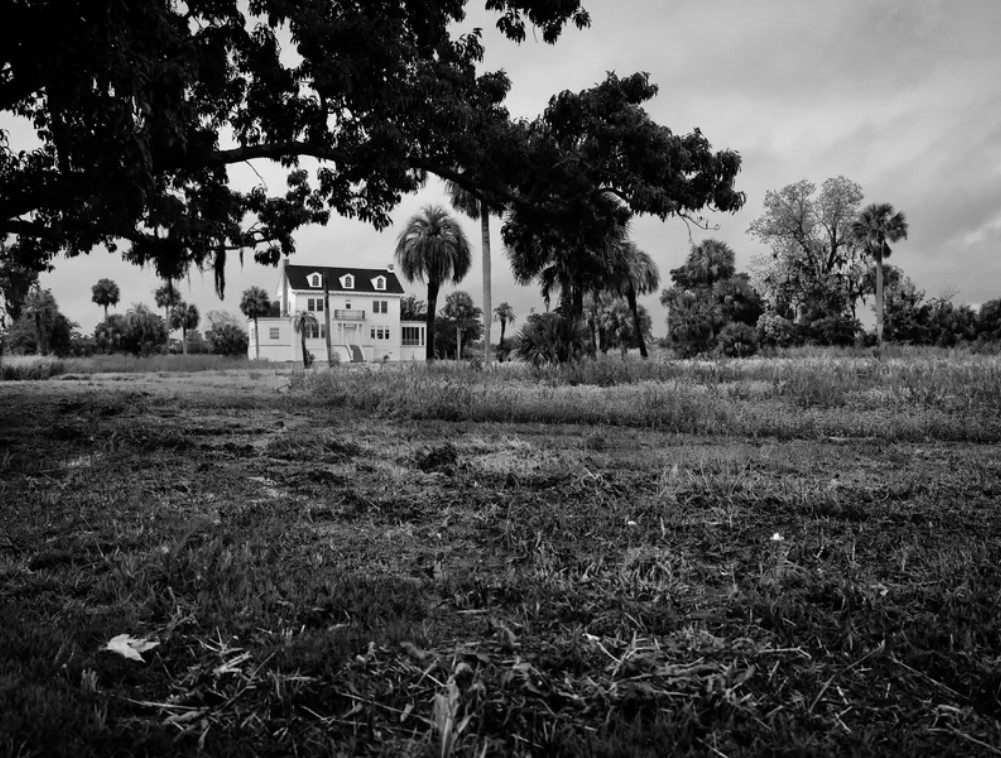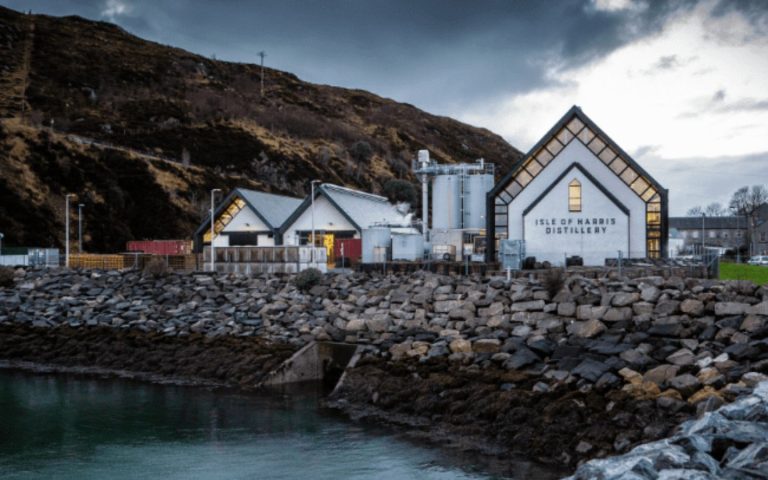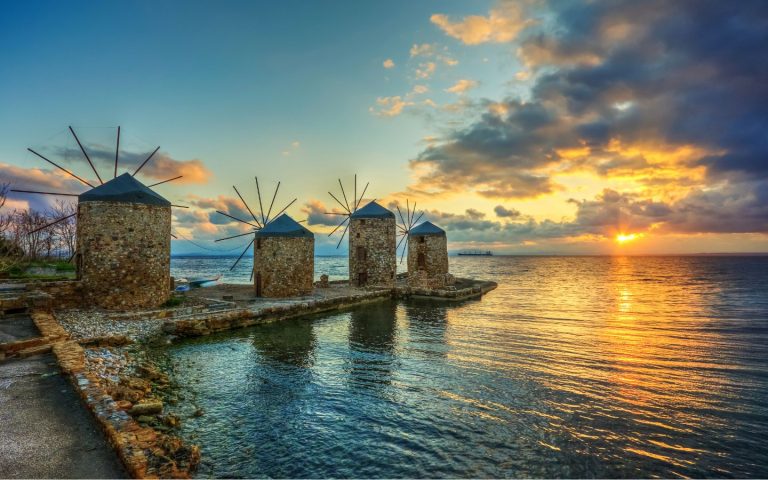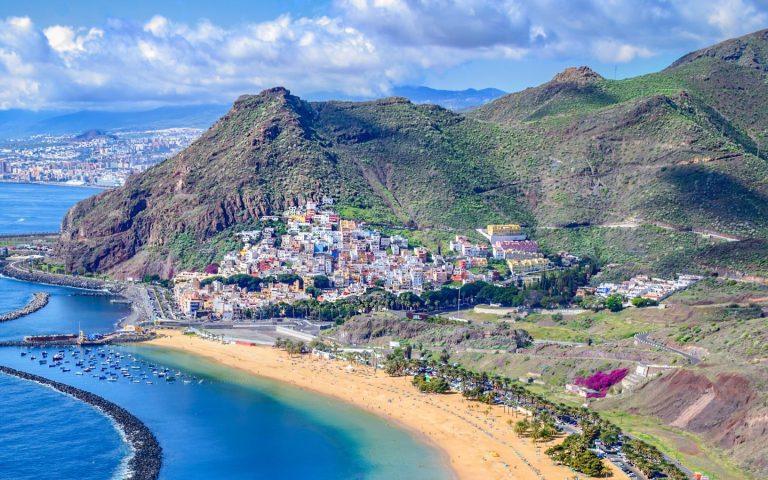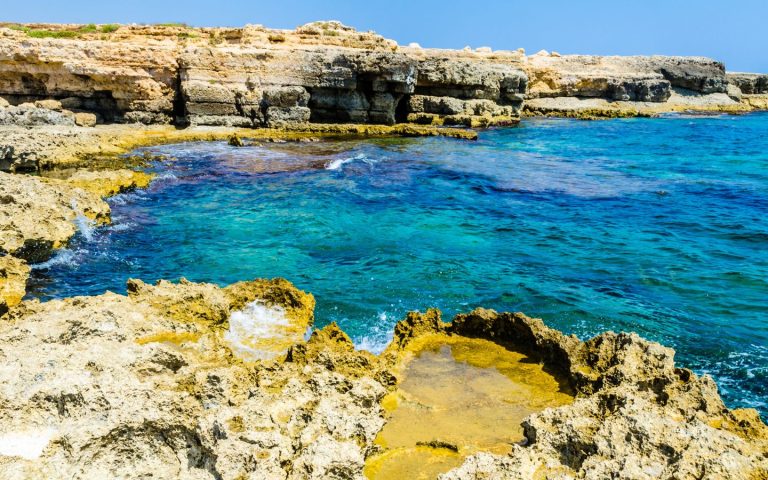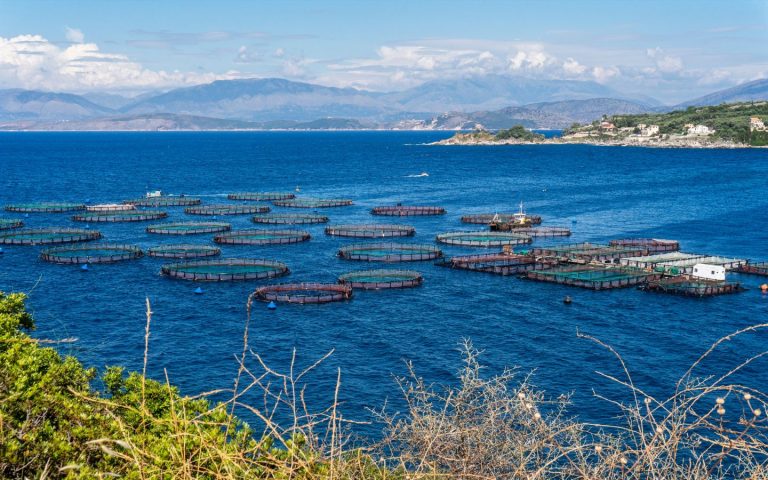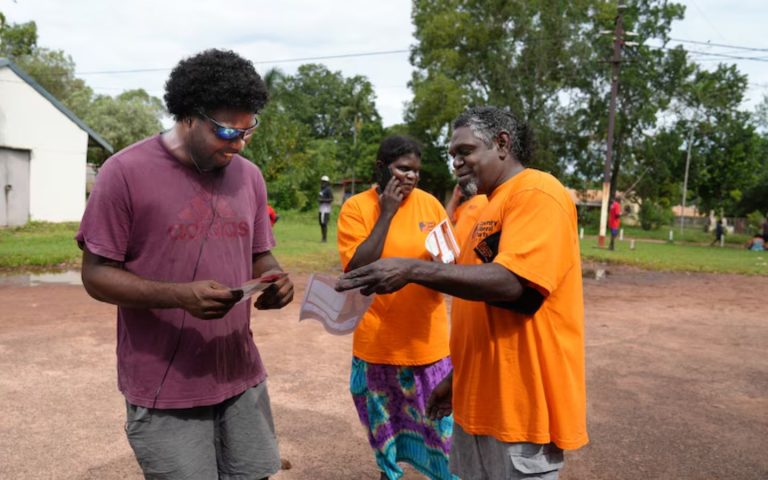Photo by Sheila Pree Bright. Retrieved from smithsonianmag.com
Excerpt from smithsonianmag.com
The route that runs straight through Darien, Georgia, and cuts across the marshes, rivers and creeks along coastal McIntosh County leads to a historic site: Butler Island, a once vast antebellum plantation.
Drivers unfamiliar with this stretch of U.S. Highway 17 likely pay little attention to the remains of a 75-foot brick chimney that powered the old rice mill or the huge kiln nearby, both planted in the lush landscape of palmetto trees and marsh grass. The 1,500-acre tidewater plantation was originally purchased in 1793 by Major Pierce Butler, a signer of the United States Constitution whose grandsons—Pierce Mease Butler and John Mease Butler—inherited the property and the people enslaved there.
Relying on agricultural knowledge passed down to them by their ancestors who honed their techniques in West Africa’s rice-growing region—stretching from present-day Senegal to Liberia—the captives on Butler Island waded through boggy and marshy fields, doing intensive, grueling work to produce the rice crop that made coastal planters rich. Today, all that remains to acknowledge the hundreds who maintained the residence and worked the land is a historical marker erected in 2019 that shares a brief story of the “Enslaved People of Butler Island.”

